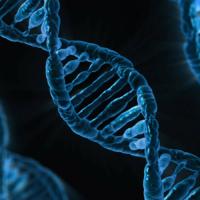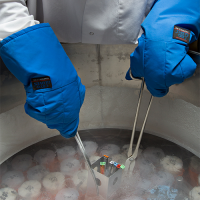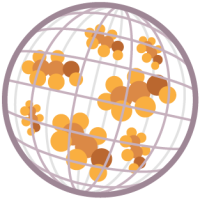molecular instructions that guide how all living things develop and function
https://en.wikipedia.org/wiki/DNACRISPR Crops
Imagine you are a farmer. You may love the fresh fruits and vegetables that you grow on your farm, but growing them is a lot of hard work. Growing better crops that are bigger, more nutritious, or less likely to die before harvest would make farming much easier. It would also let you grow more food for more people. But better crops are not easy to come by. Building better food is one of the ideas behind using CRISPR to edit the genes of many crops.
CRISPR: One Tool, Many Uses

If you’ve ever done a word search puzzle, you know it can be hard to find short sequences of letters among lots of other letters. An average word search has maybe 400 letters, and has a lot of variation, with all the letters of the alphabet. But searching the genome for a specific sequence is much, much harder.
Cutting DNA with CRISPR
What is gene editing? And how does the one of the most-used gene editing tools, called CRISPR, work?
Also in: Español









